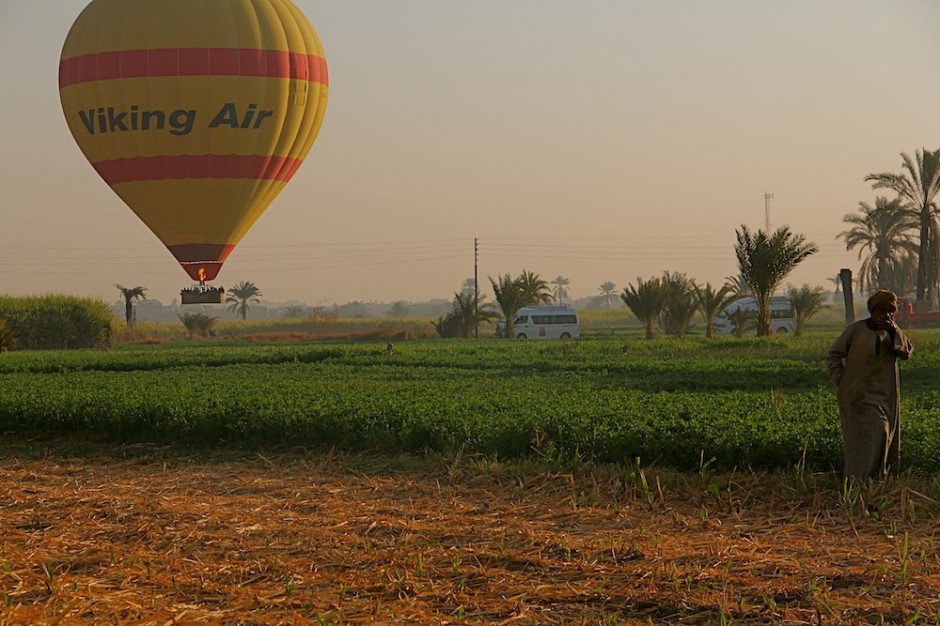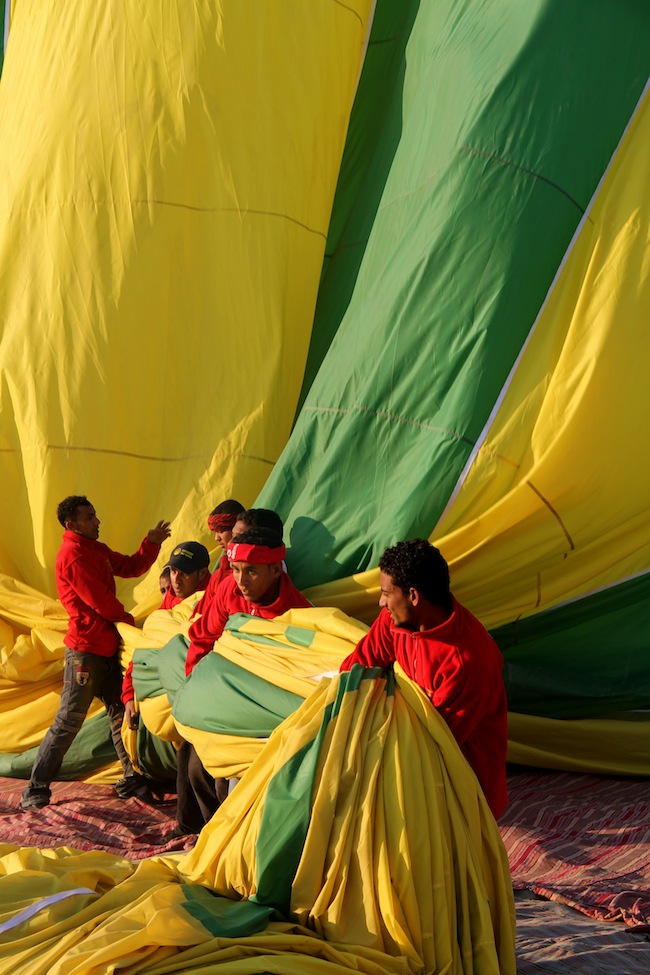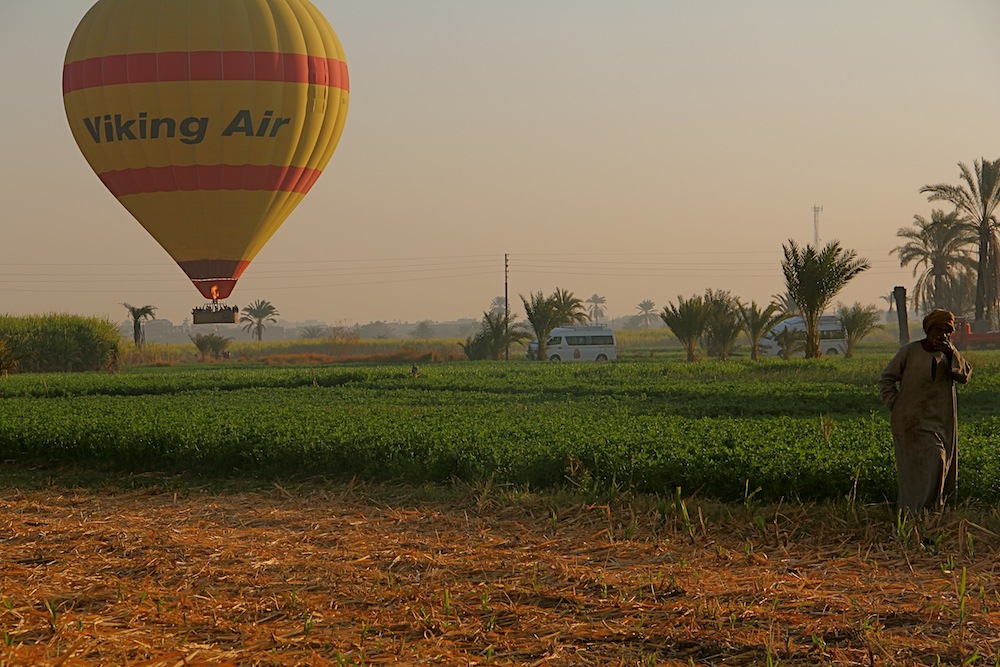Karen Dion gets high over Egypt and brings back a different perpective.
LOOKING AT MY list of “optional activities,” I had at first dismissed the idea of a balloon ride over Luxor’s west bank as a little too touristy. But I quickly changed my mind when I learned that it was archaeologists who first launched hot air balloons over Luxor as a new way of mapping the Theban Necropolis. This fact gave the balloon ride enough credibility for me to get over my snobbery and sign up for the trip.
[Note: The author is a Matador Traveler-in-Residence participating in a partnership between MatadorU and Adventure Center. During 2011/12, Adventure Center is sponsoring eight epic trips for MatadorU students and alumni.]
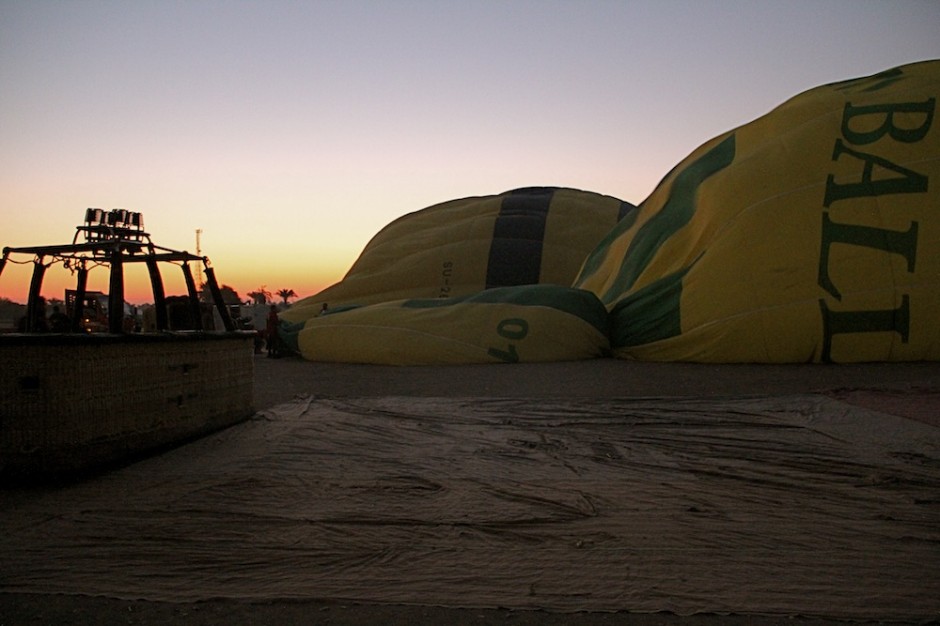
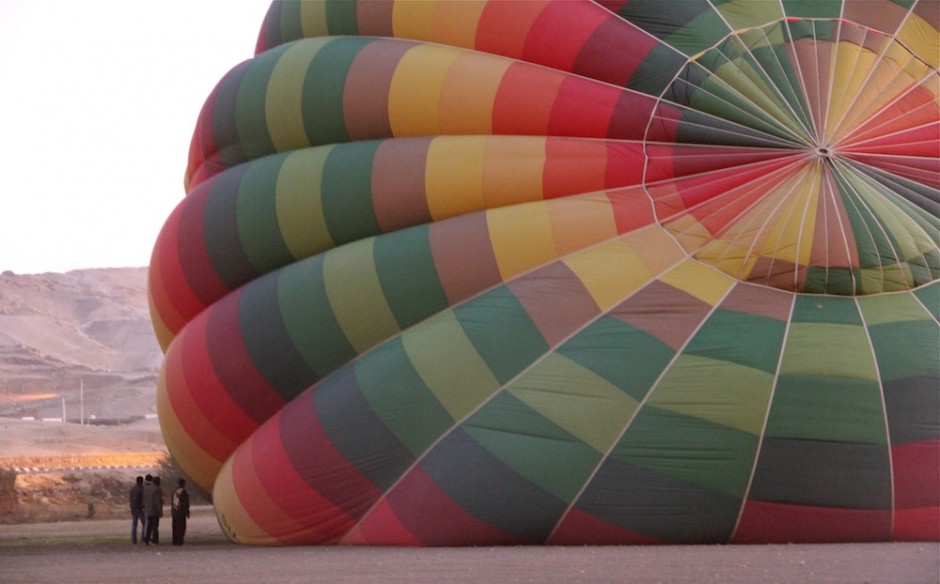
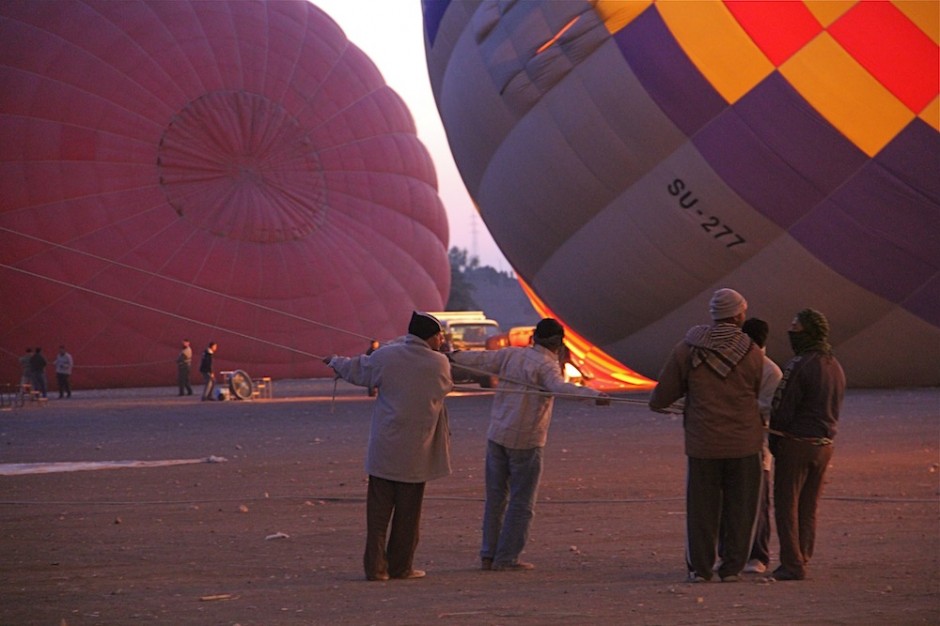
Intermission

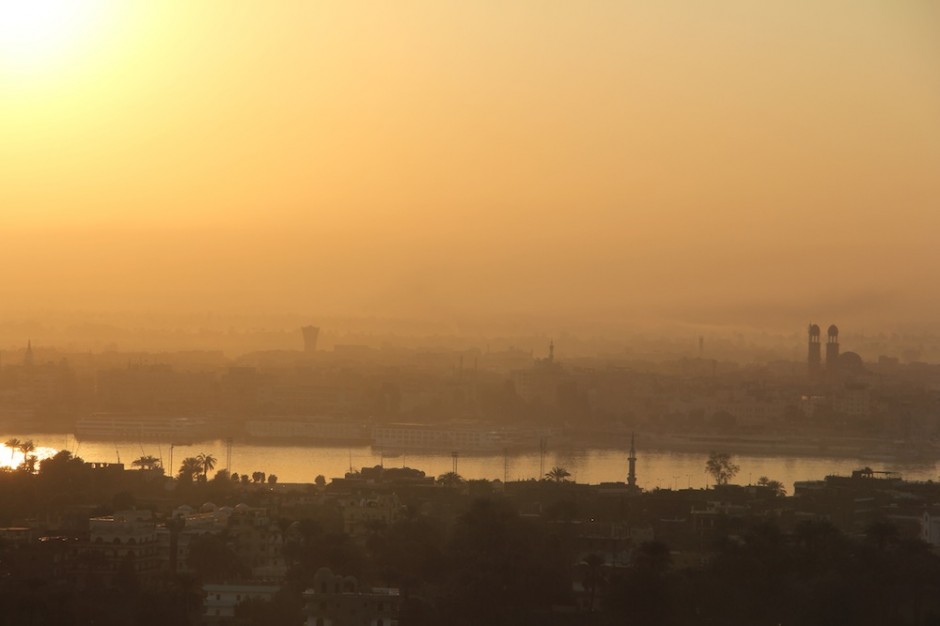
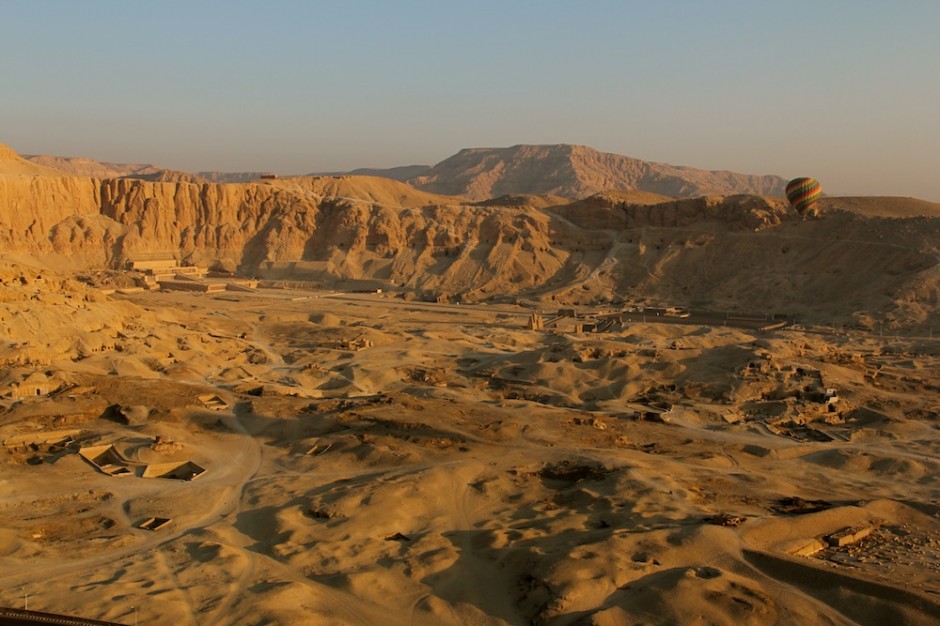
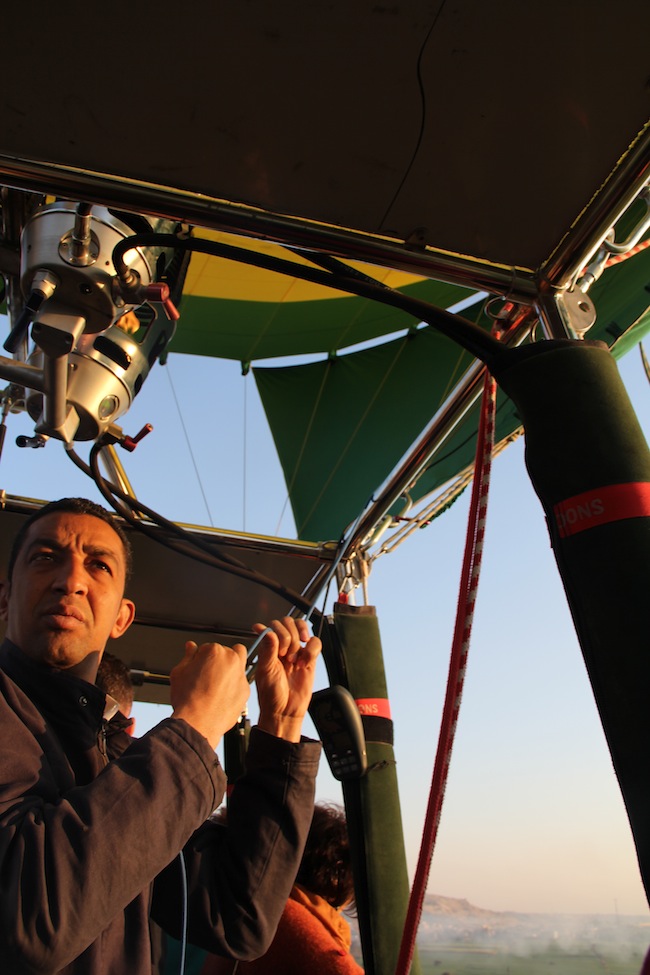
Intermission
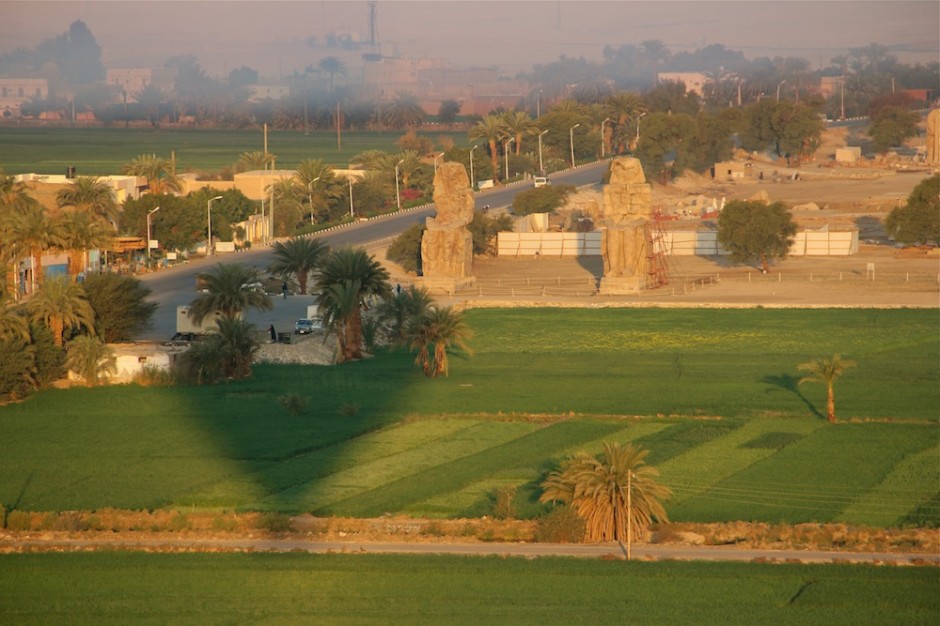

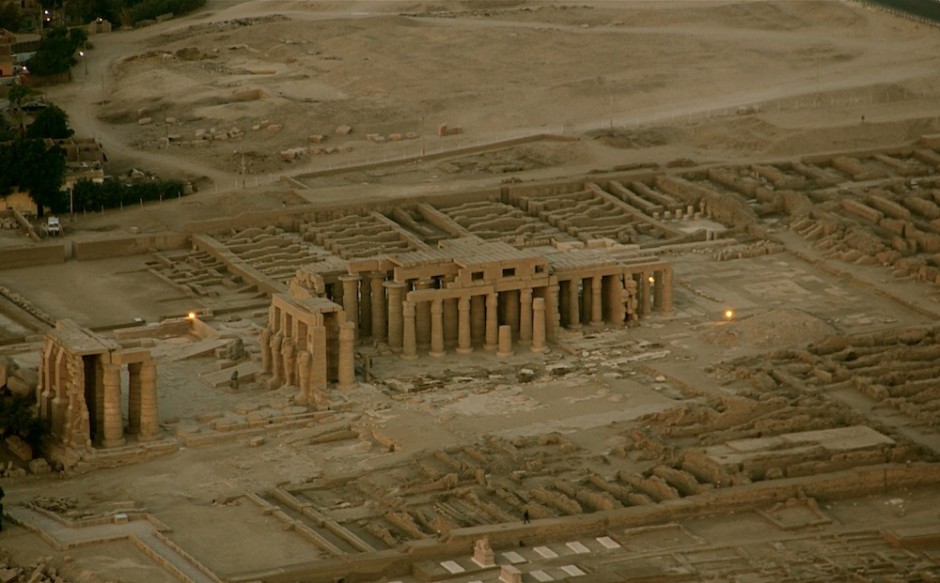

Intermission
